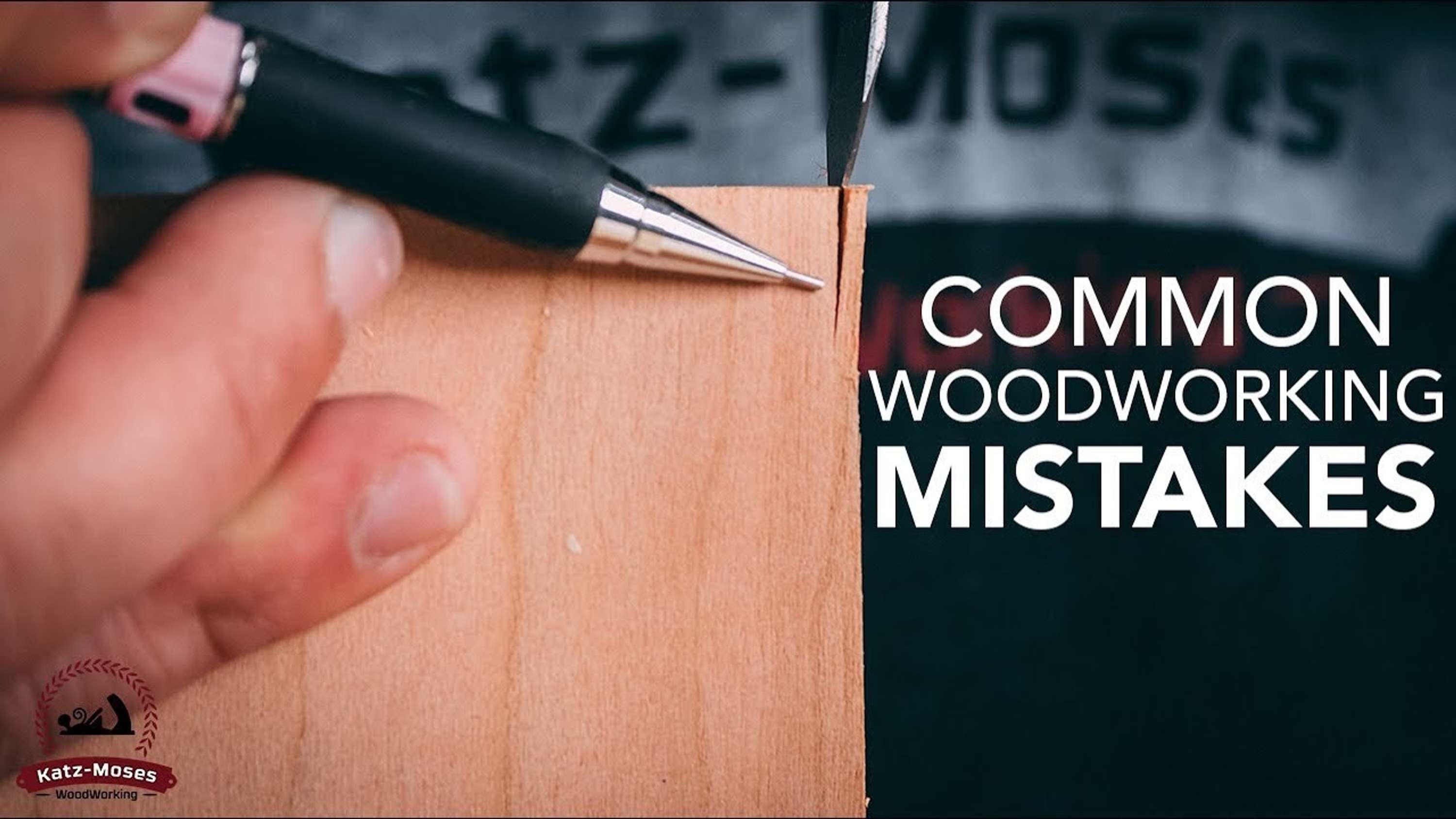Some woodworking tasks don’t require expert-level knowledge. At times having the essential carpentry tools is enough to get the job done. But then we end up committing some dumb mistakes and making a fool of ourselves.
Don’t worry, mistakes are inevitable. We all make them until we learn from them and we become proficient in our craft. However, with prior research, you can avoid those dumb mistakes or at least, stop yourself from repeating them over and over again.
This article will talk you through common woodworking mistakes and their solutions.
1.Not Buying an Accurate, Professional Tape Measure
Being able to conduct small repairs at your home certainly saves you a lot of money. But then, you must invest a few bucks on professional tools, and at least buy yourself a professional tape measure.
Accuracy is the backbone of carpentry. All framing projects require precision that cheap and flimsy tapes lack. Even a centimeter makes a huge difference. When your tape doesn’t lay flat or pull in, you struggle to reach accurate measurements. So buy yourself a professional-quality which is easily readable.
2.Damaging the Wood
If you are not a carpenter and woodworking is not something part of your daily routine, be careful. Don’t go hard at the wood; it’s a living and breathing material. And it gradually expands. So while nailing a piece of wood, be precise with the measurements.
If you cram it in a tiny space, and upon expanding it didn’t find enough space to maintain its shape, it will warp or bow with varying temperature and moisture content of its environment.
We recommend investing in a moisture meter, so you can get a better idea of the moisture level inside the wood material.
3.Using an Ordinary Pencil
Once again, the problem revolves around the measurement. One additional centimeter here and there will ruin the whole thing. Always use a thin pencil so the mark is not too thick, or your measurements will go haywire.
Don’t just rely on carpentry pencils, they too are sometimes quite thick.
4.Using the Wrong Blade
Though if you are not a professional carpenter you shouldn’t play with blades, even small repairs sometimes require the use of a blade. You can call a carpenter in Dubai because sometimes a common mistake amateurs and occasional repairers make is they use the wrong blade. There are two common blades used: rip blade and trim blades. The former is used for ripping or making longer cuts. While the latter comes in handy when you are supposed to cut across the grain, usually on plywood trim or shelf boards. Keep in mind that a rip blade and trim blade are not interchangeable.
5.Relying on Sandpaper to Correct Errors
You might think a certain woodworking task is a walk in the park, you can fix it on the go. But rushing can break your masterpiece. And your family will scream,” Should’ve called a professional!!!”
And besides that, when you rush, you are bound to make errors. And later, when those errors go unnoticed or the time stretches further because of those unanticipated errors, you feel frustrated.
No matter what happens, never correct errors with sandpapers. Instead, if you find out that you have cut a piece of wood a little longer than required, cut a new one with accurate measurement. Sanding is time-consuming and does not always work.
6.Thinking that Straight Line Guarantees Straight Cutting
When you were in Kindergarten, your teacher taught you to play with those geometrical shapes. And a firm belief was injected into your subconscious mind that the best way to draw straight is using a ruler.
In the same way, amateurs think drawing a straight line using a ruler will result in precise cutting of the wood piece. Easier said than done. This technique does not always result in an accurately cut piece of wood.
To overcome this problem, draw a V with the point right at the spot you want to cut. This V will point out directly to the spot you aimed to cut.
7.Removing Glue Smears
Glue is an integral part of the woodwork. What happens when you need a piece of wood to go over another? You glue them. But then you see excess and you pick up a rag to wipe. Sometimes you are juggling between one piece of wood to another, and there you miss a smear of glue.
This smear later becomes apparent and mar the look of the wood. Make sure every time this happens you clean the excess completely. Further, you can use a cabinet scraper to remove the glue to preserve the design and look of the piece.
8.Not Taking Safety Precautions
Man, it hurts...when a nail pierces into your body and you bleed. The bleeding will stop soon but the pain persists. And sometimes, when the cut is deep, you require stitches. How can you avoid such incidents? By taking safety precautions. Even if you are conducting a small repair, put on your gloves. Better cover your eyes as well. And most importantly, don’t rush. Pick the right tools and don’t go hard at them.


